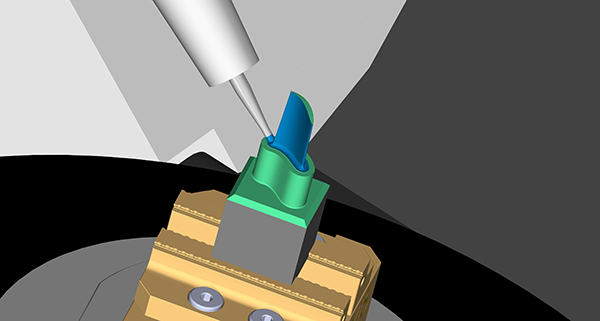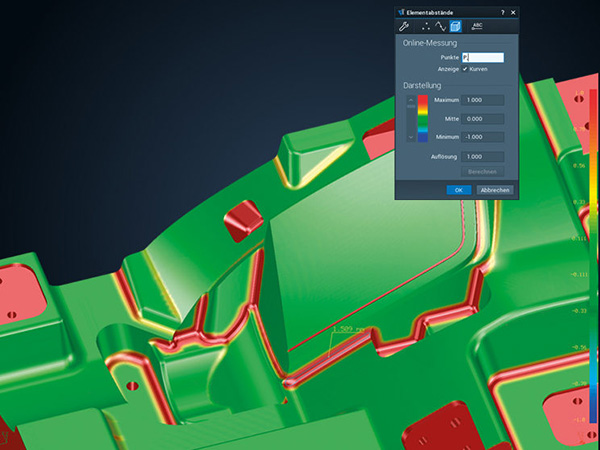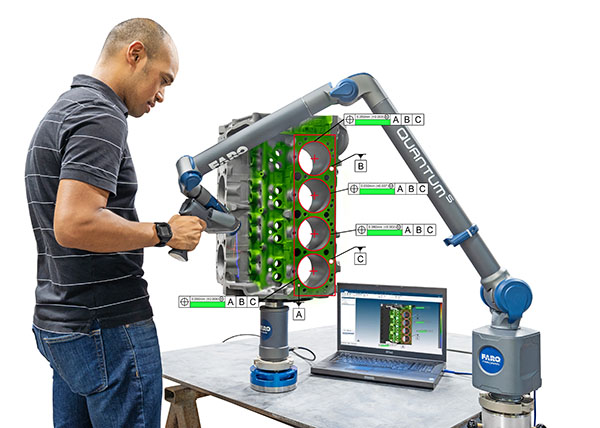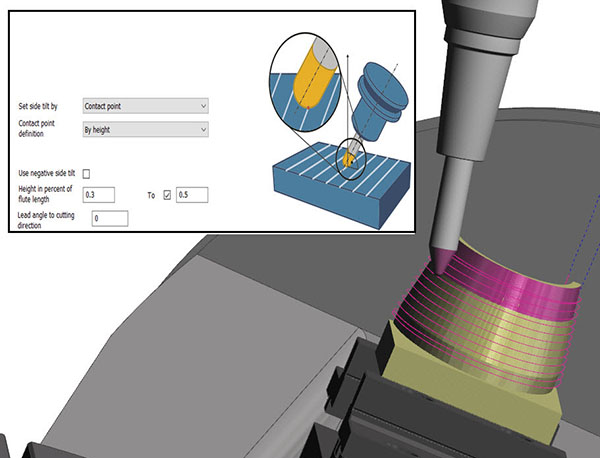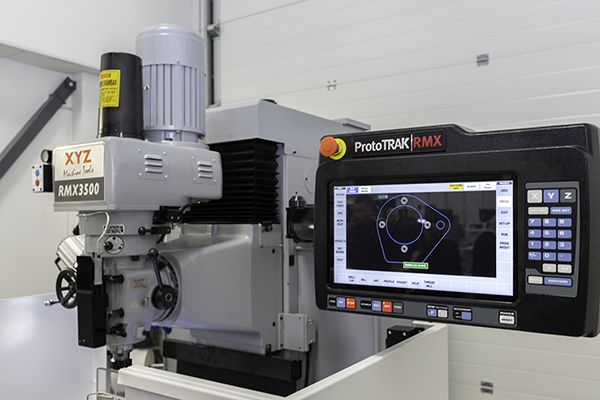Esprit CAM software from DP Technology now provides freeform five-axis solutions essential for factories looking to make the transformation to a more digital manufacturing process.

At the heart of Esprit’s freeform five-axis machining capabilities is the concept of machine awareness. Unlike most CAM software suites, which according to DP focus primarily on the shape of the part and often devote scant attention to the machine itself, Esprit first considers the cutting parameters of the machine tool. Esprit precisely models the machine’s full capabilities, from axis travels and kinematic chains, to tooling and work holding.
This model generates an accurate simulation that works within the machine’s axis travels to avoid collisions. As the simulated part takes shape, the ‘stock automation’ feature accounts for the new space and adjusts the tool path to suit. The result is a complete and accurate picture of the entire cycle, letting users prove out and optimise their programs before making a single chip.
Full support for tool orientation strategies results in efficient, adapted tool paths that are said to maximise cutting engagement and feed rate, while preserving tool life. As users add operations, Esprit automatically calculates links between them to save time and motion. Change the order of operations at will, and Esprit automatically adjusts these links.
Freeform features are easy to create. Users simply define the part areas to machine, and the part areas to avoid. The smart selection, snap and propagation tools in Esprit further simplify this process. From there, programmers can choose an appropriate five-axis freeform machining strategy from several options.
For further information www.espritcam.eu






